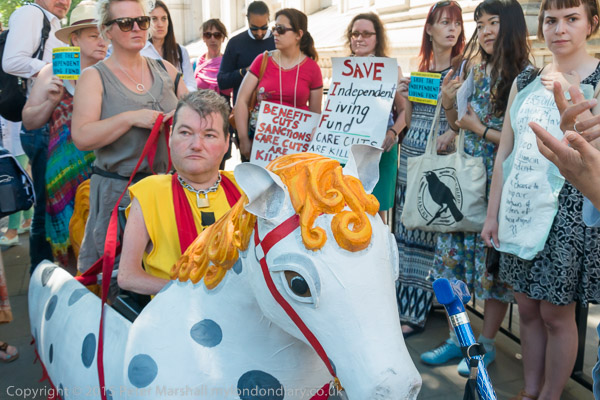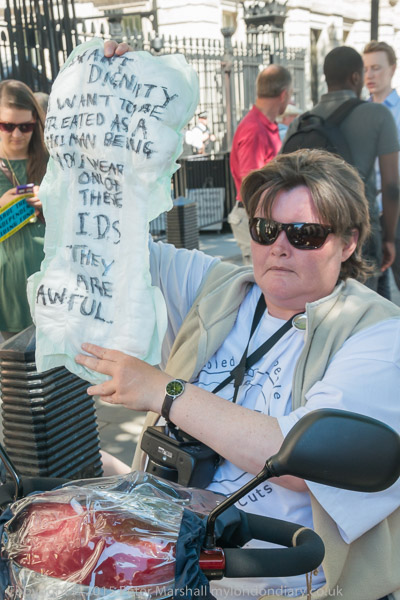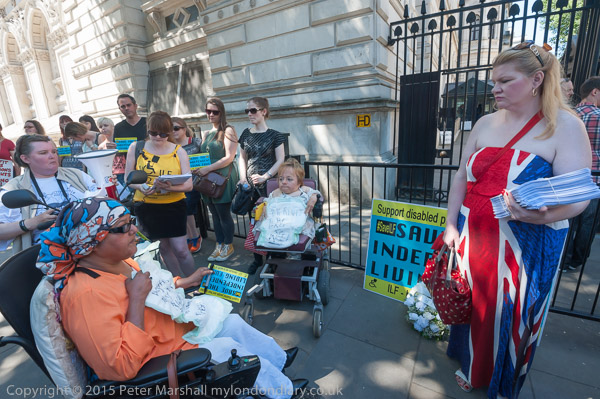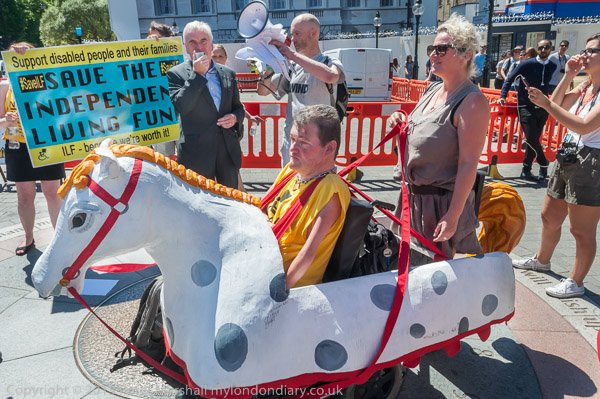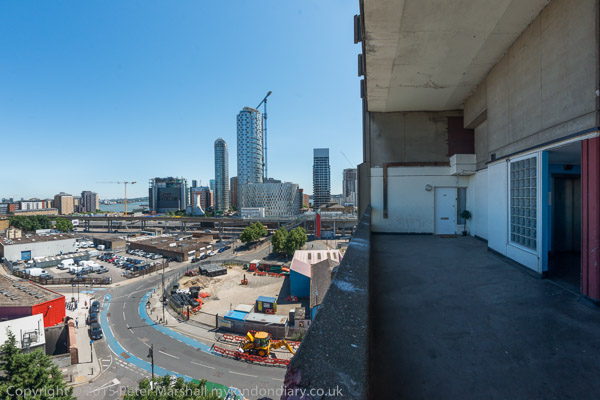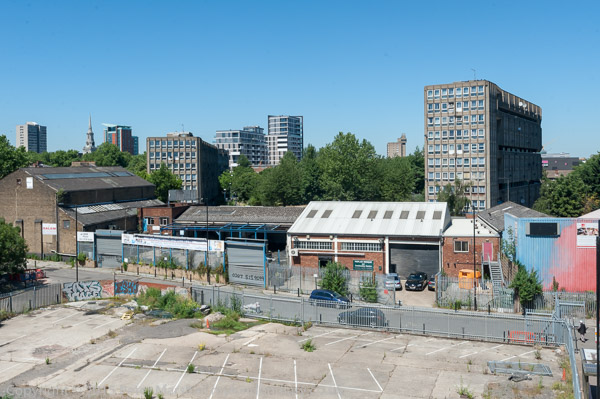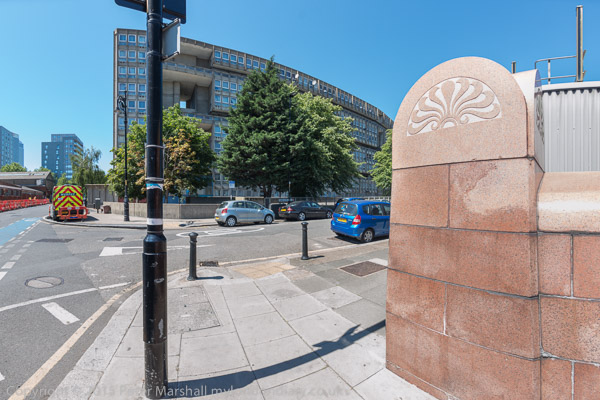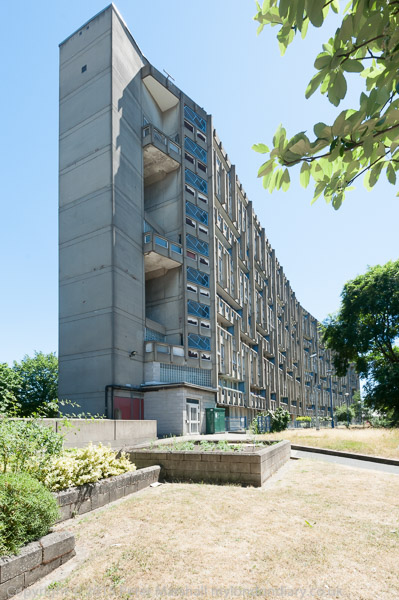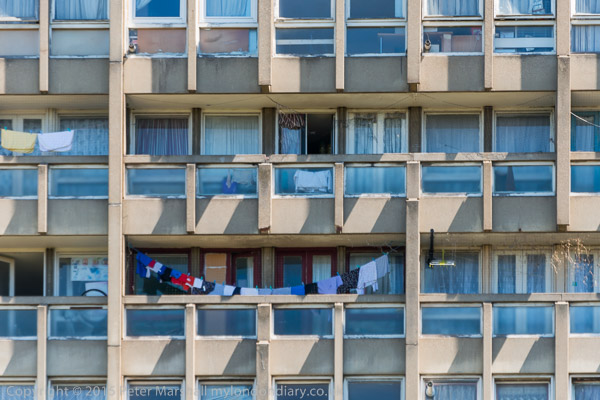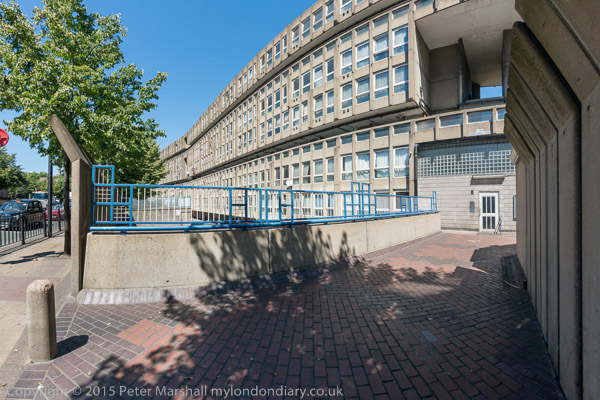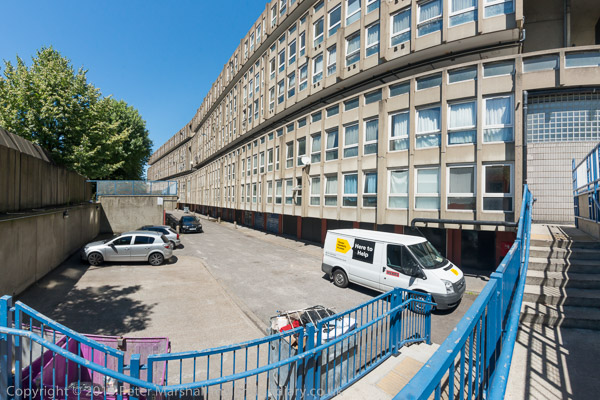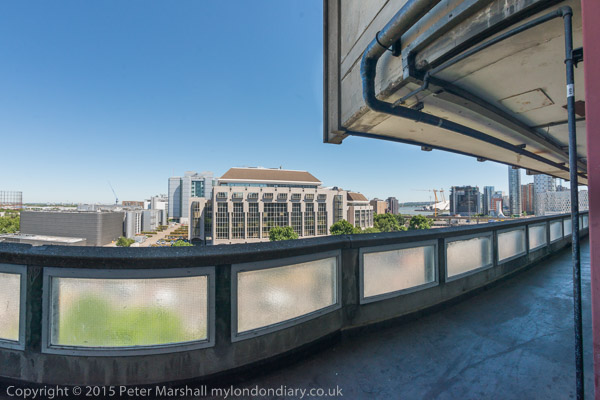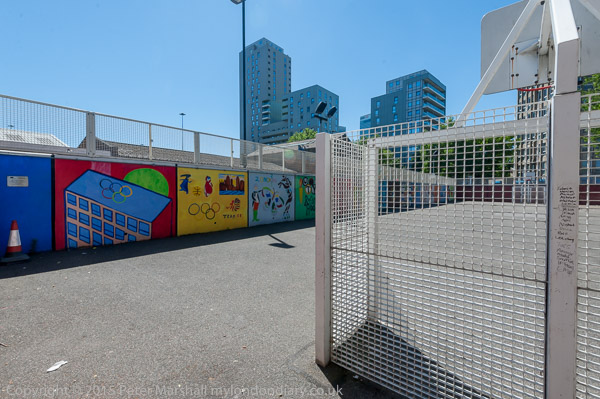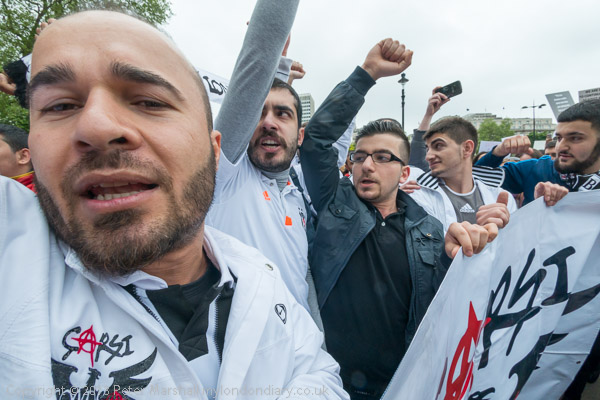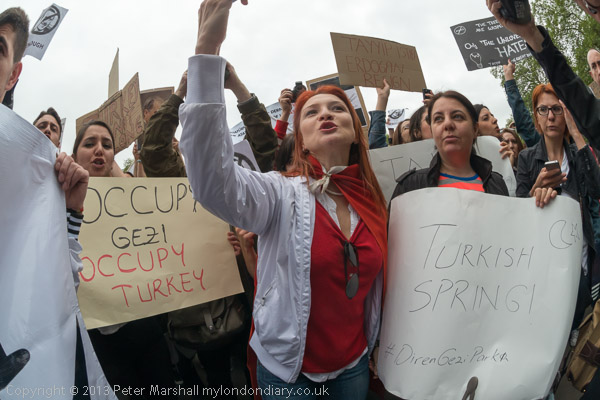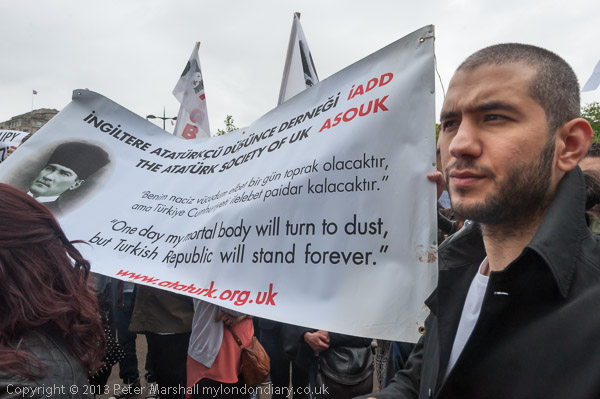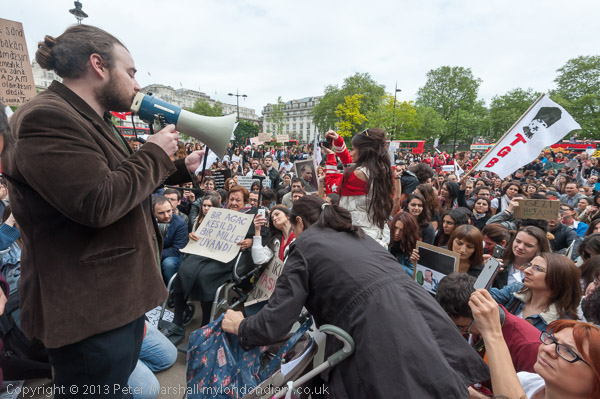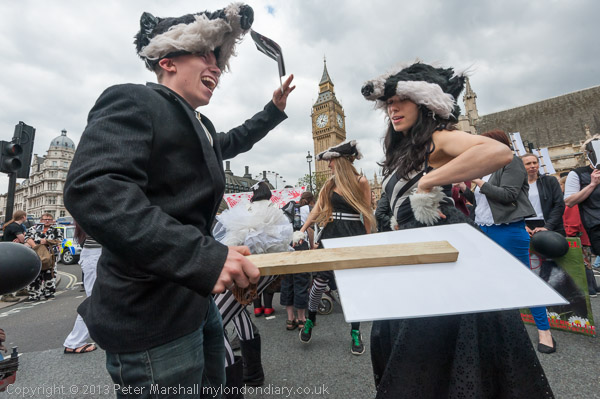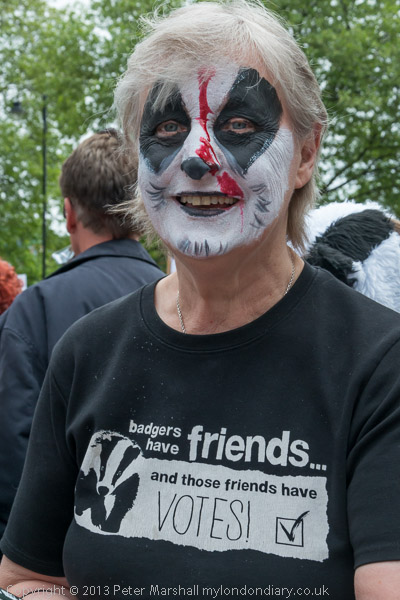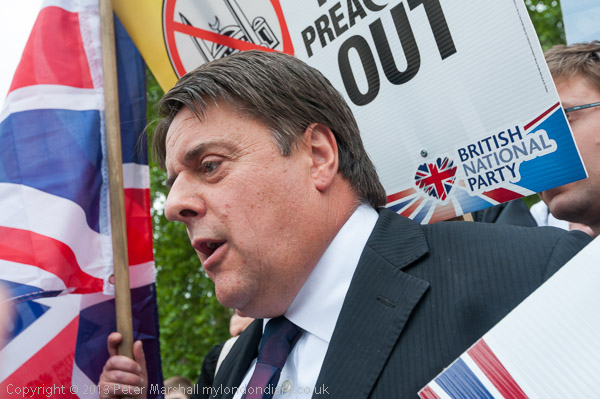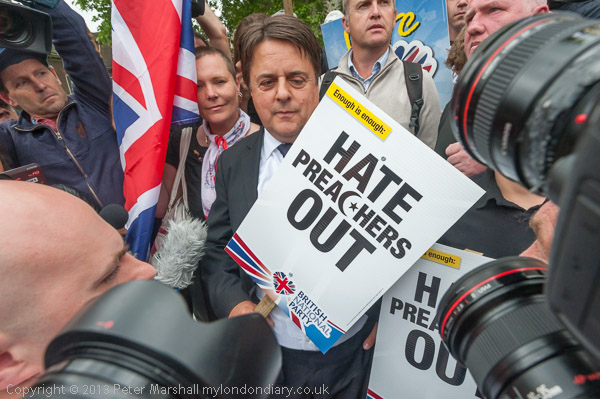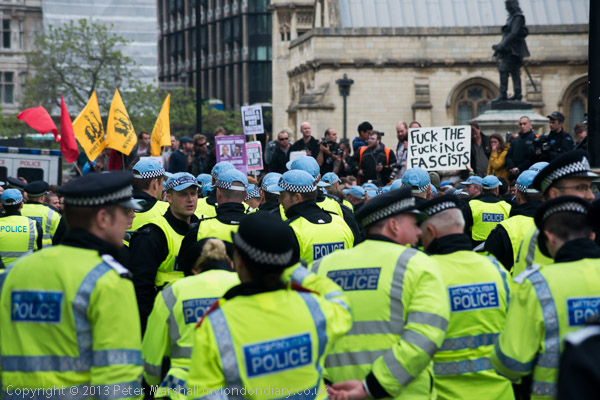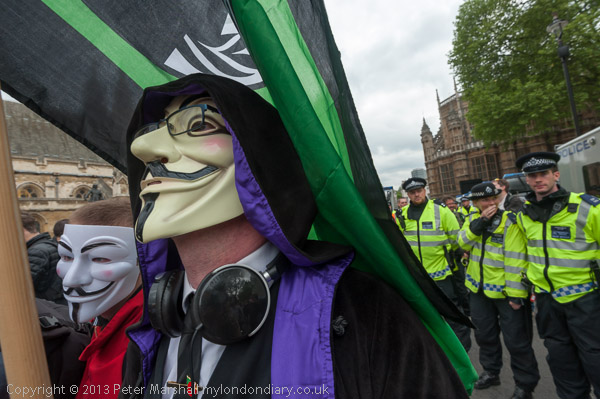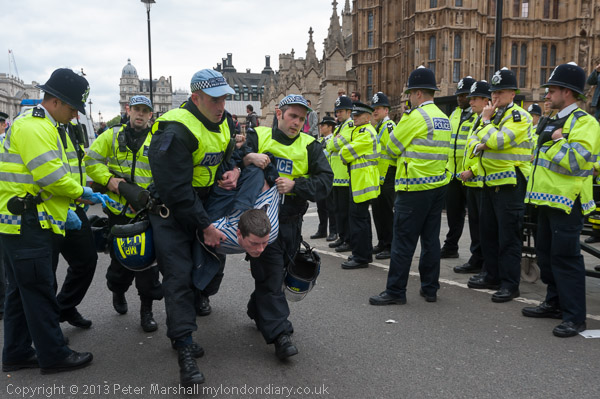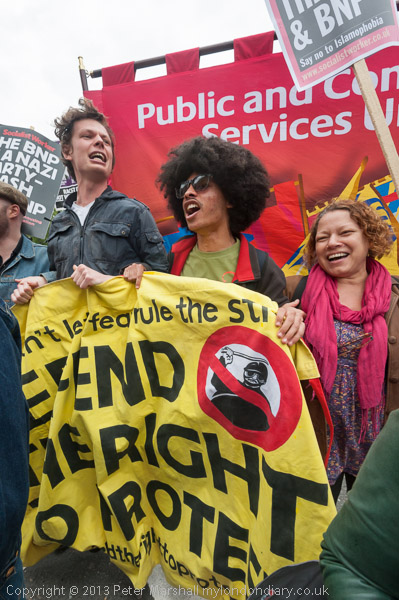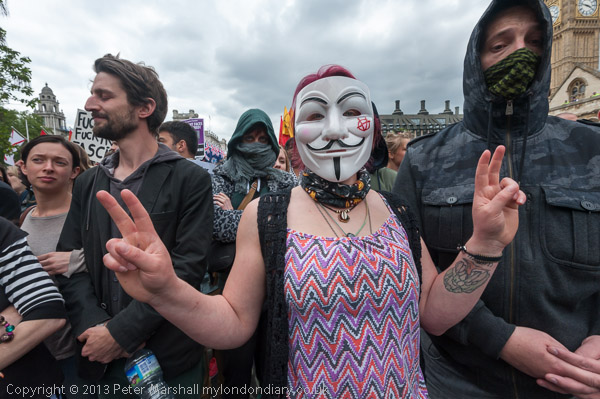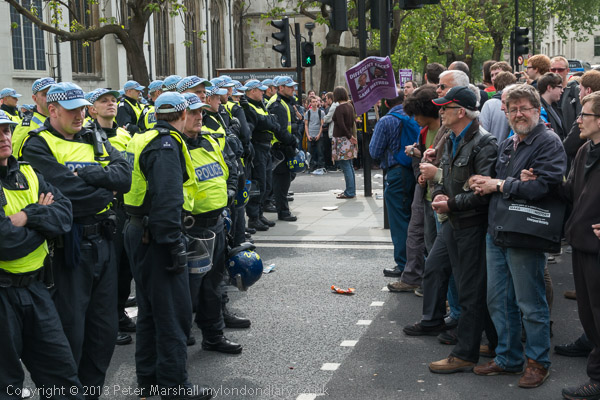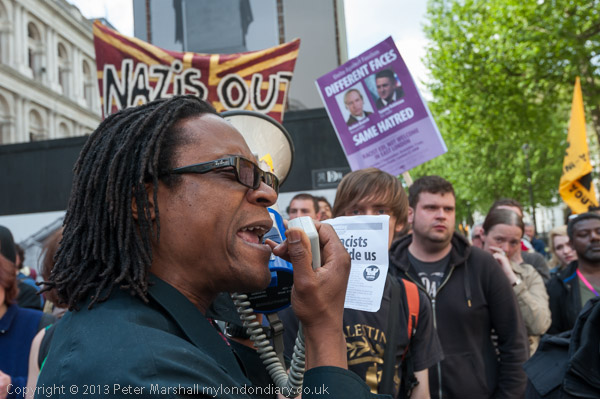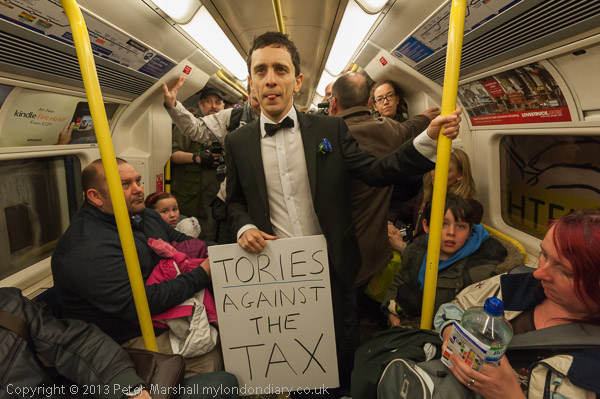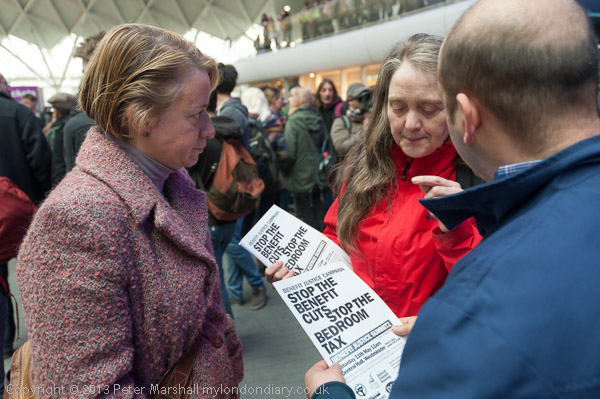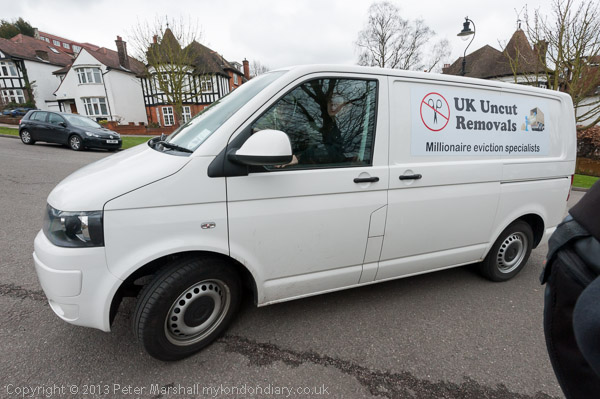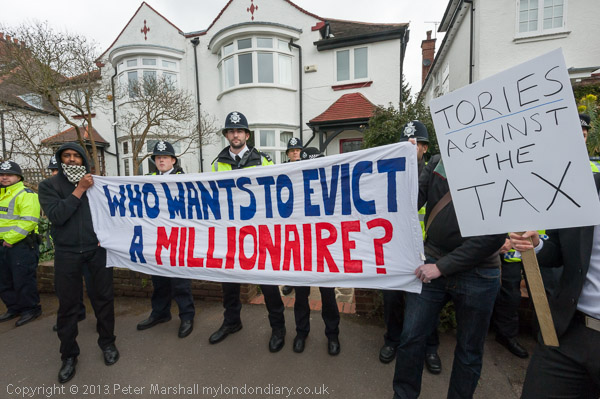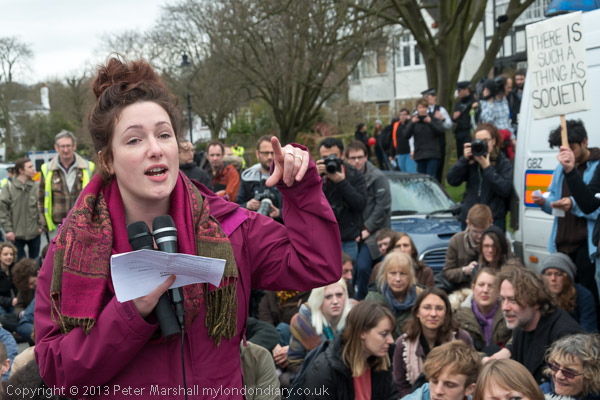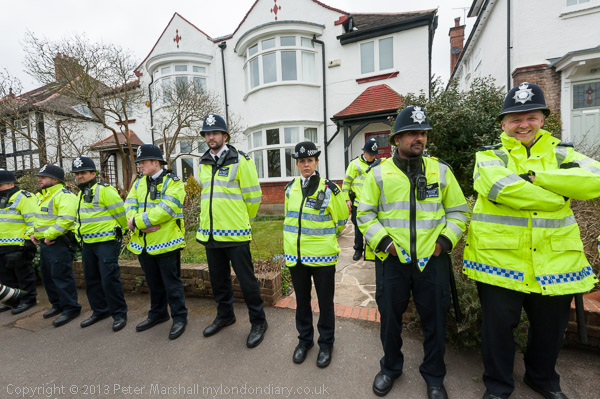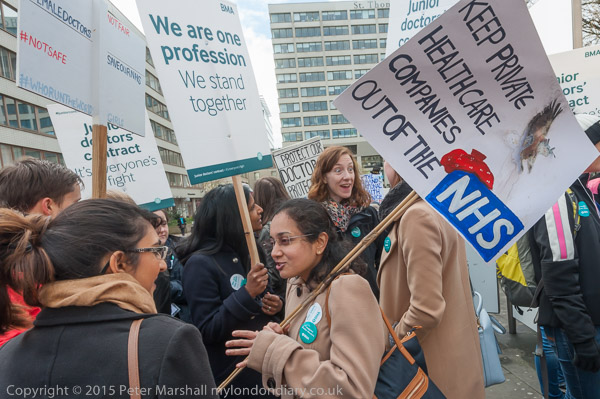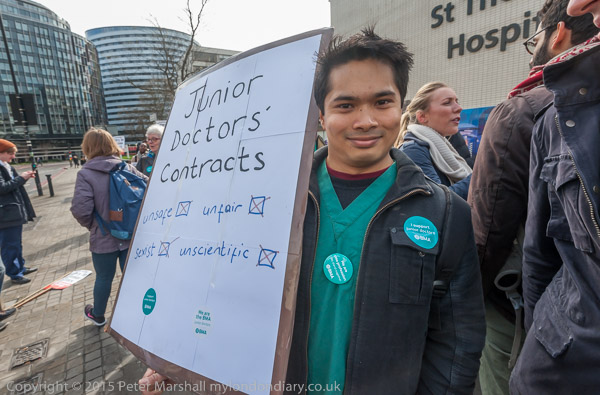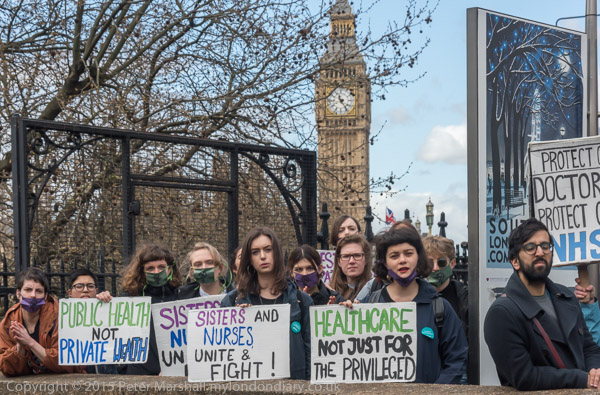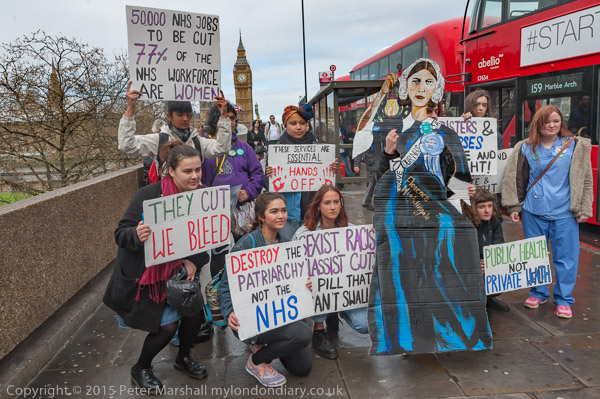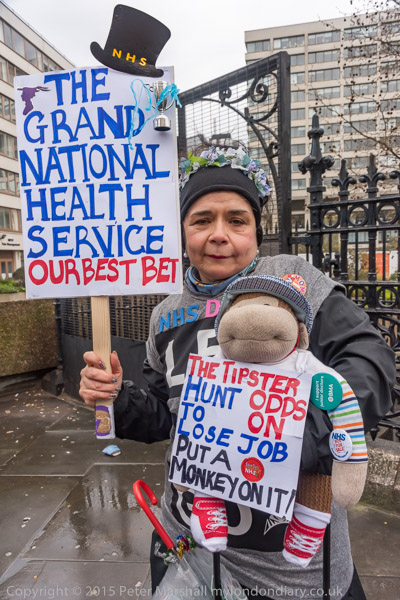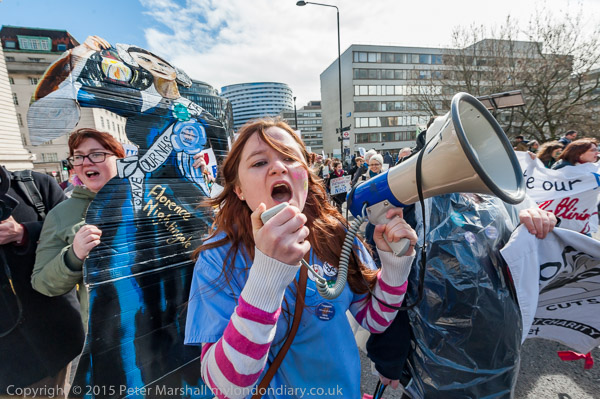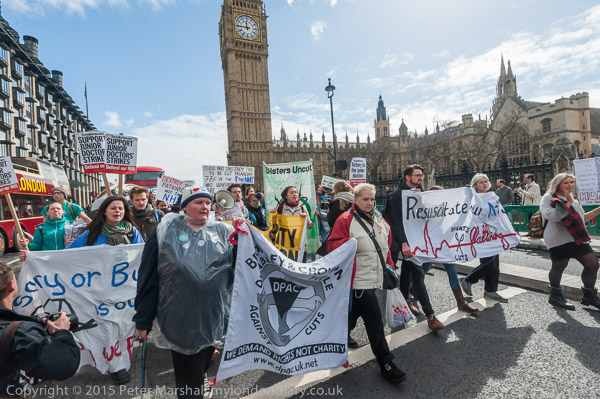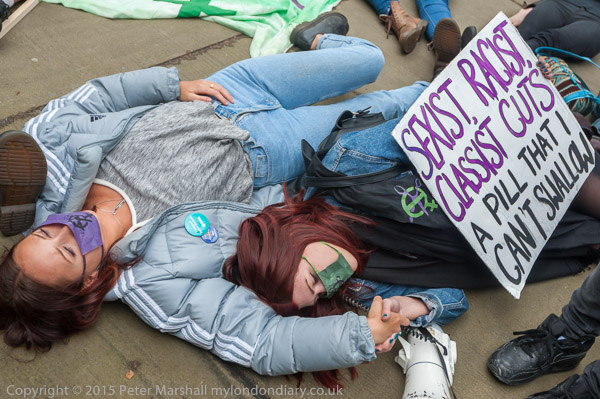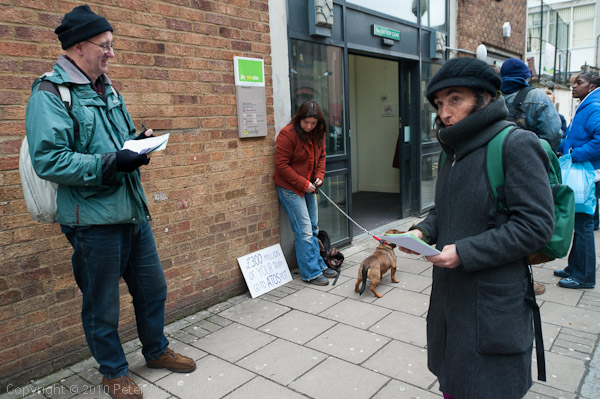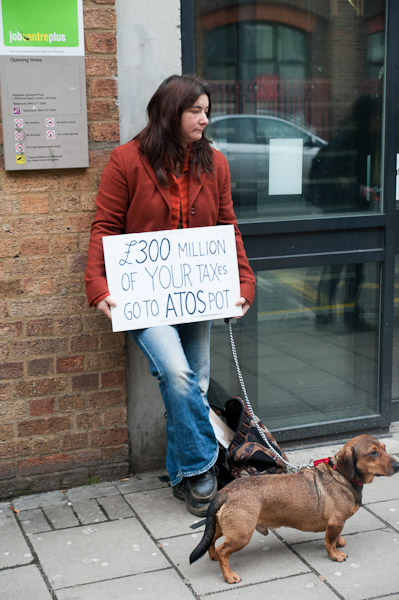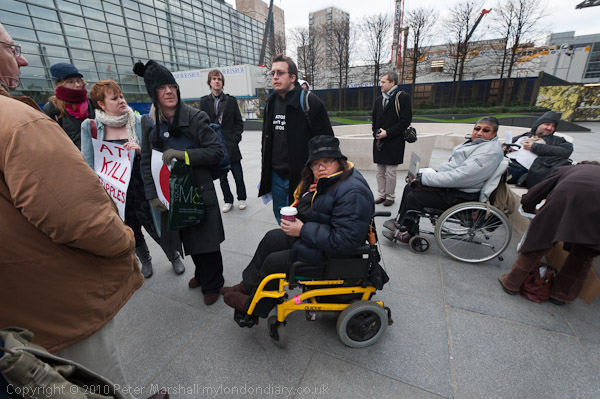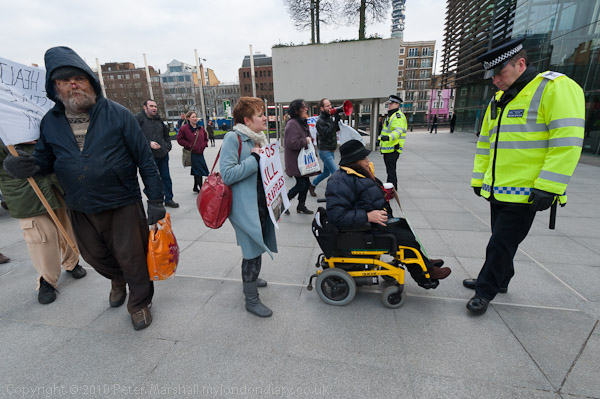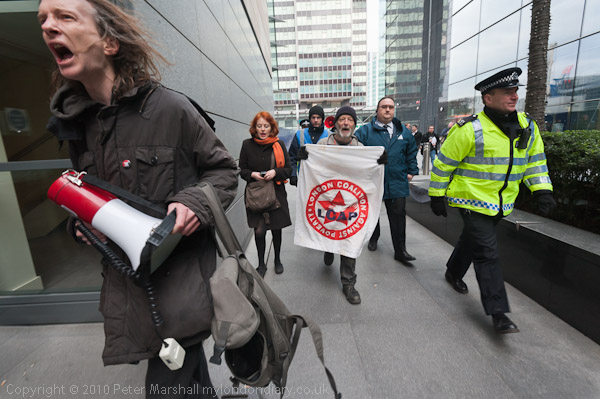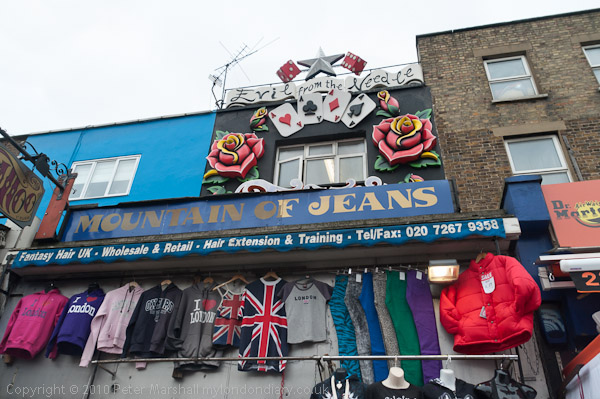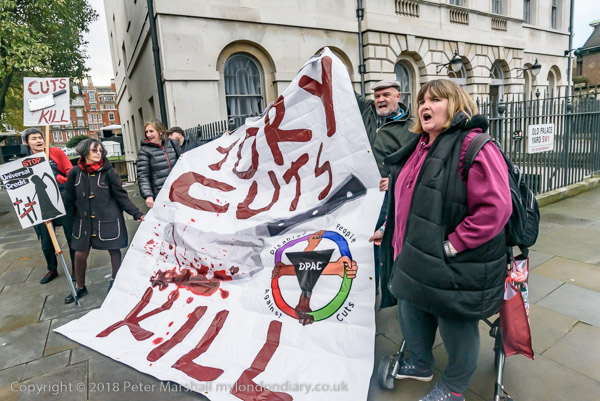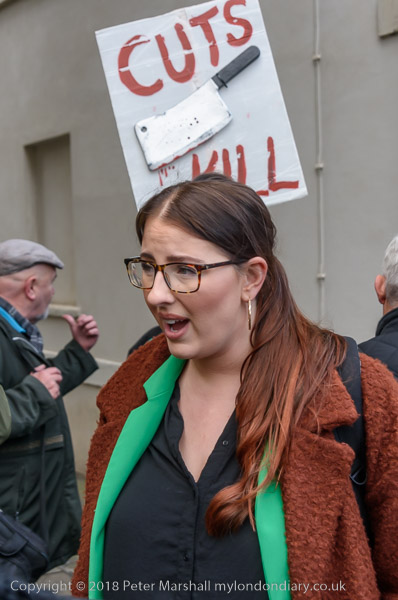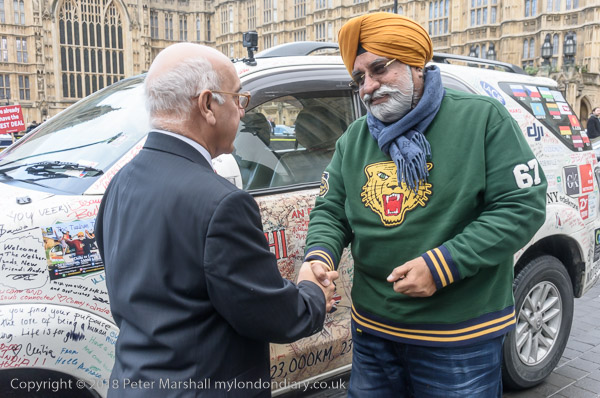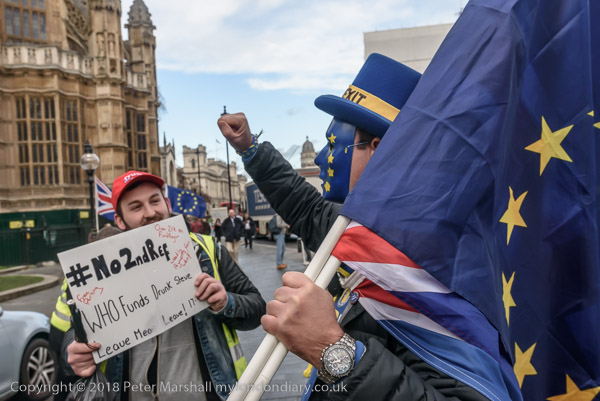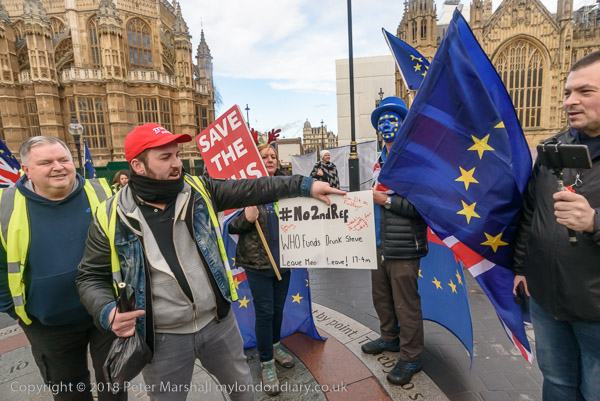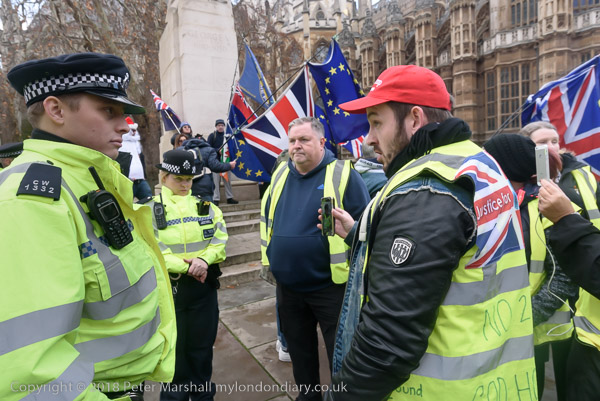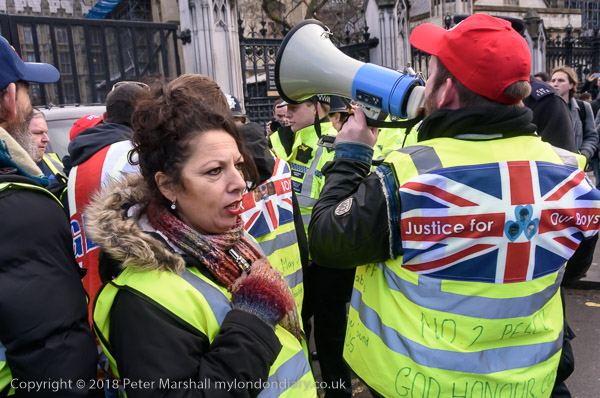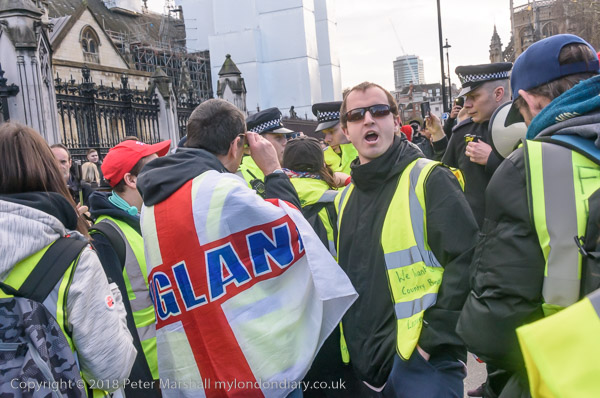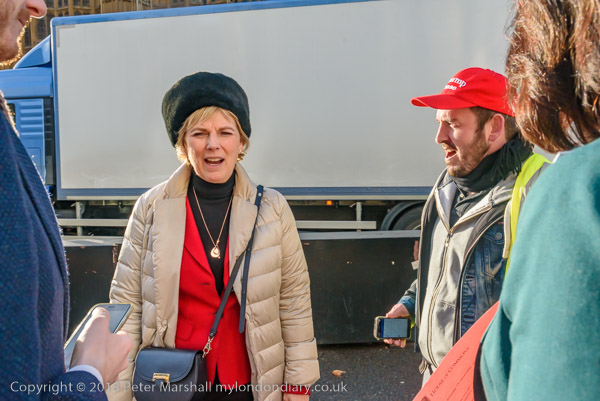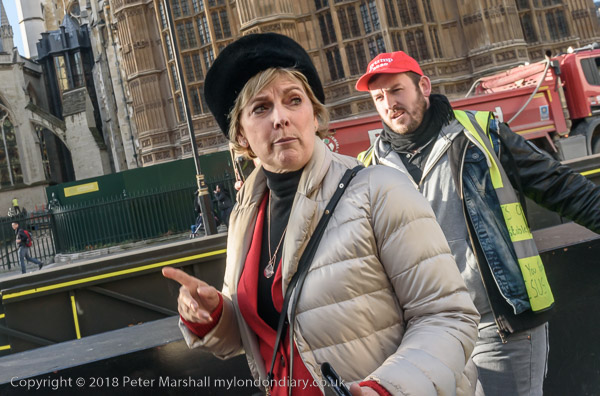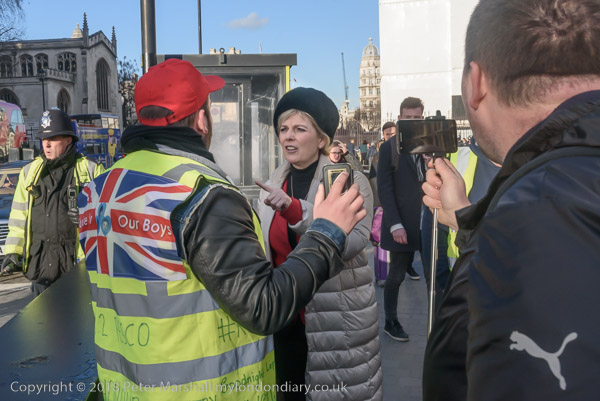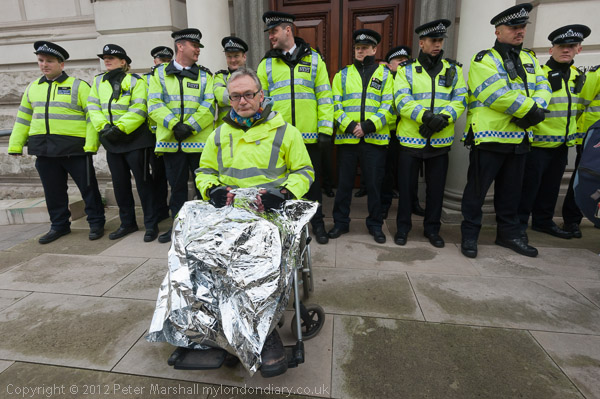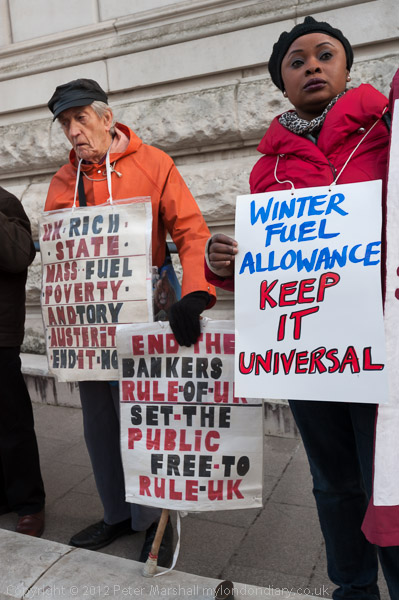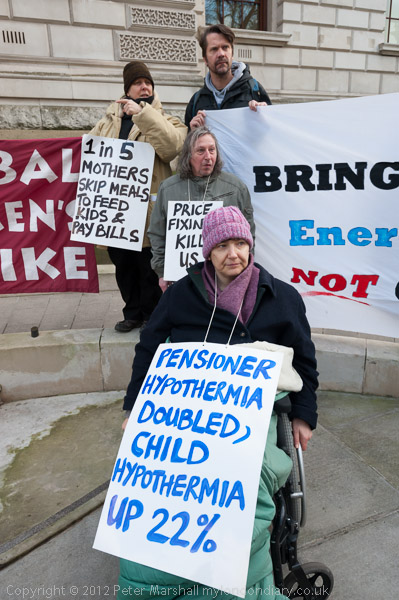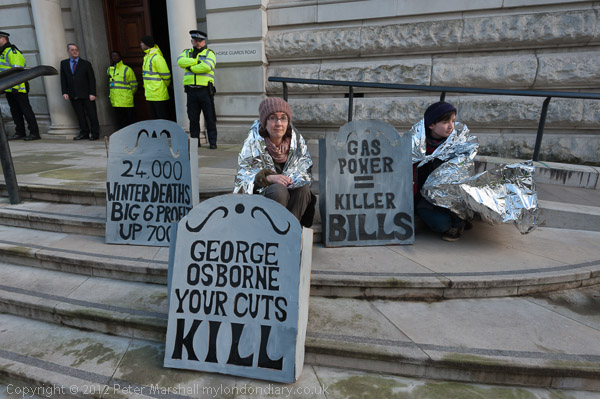Gallery Protests, Sikhs, Kashmiris, Kurds, Sewol, Sotheby’s & Black Lives Matter: Saturday 15th August 2015 was probably the day I photographed more events than any other day, covering a total of 8 protests as well as taking a few pictures of London as I travelled around.

It was the 61st day of the PCS strike against privatisation at the National Gallery, and at Tate Modern staff were handing out leaflets calling for staff who had already been outsourced to get the same pay and conditions as directly employed workers.
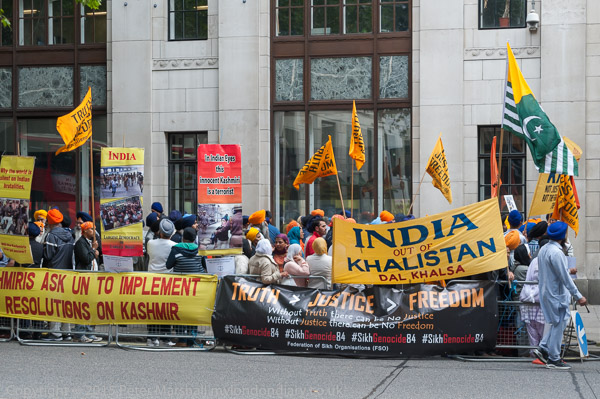
It was Indian Independence Day, and outside India House I photographed Sikhs calling for the release of political prisoners and Kashmiris calling for freedom.
In Trafalgar Square Iranian Kurds remembered those killed in the fight for self-determination and a monthly silent protest remembered the Korean children killed when the Sewol ferry sank.
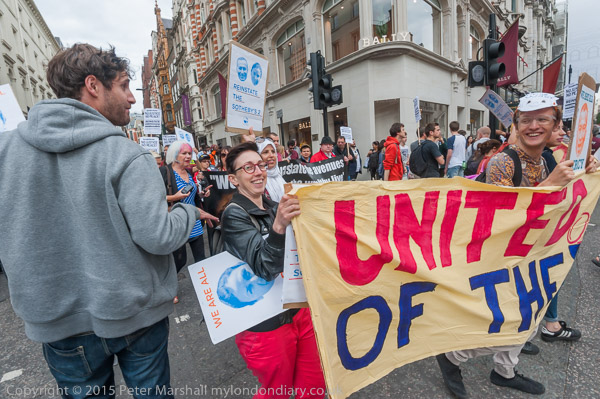
In Mayfair, United Voices of the World were protesting in the streets around Sotheby’s, calling for proper sick pay, paid holidays and pensions and demainding the reinstatement of two union members sacked for protesting.

Finally I went to Grosvenor Square for a protest close to the US embassy against the collective and systemic unlawful arrests and killings/attacks of black people in America.
You can read and see more pictures from all of these events – and a few pictures of London on My London Diary. Here I’ll post very short introductions to the events with a picture and a link.
National Gallery 61st day of Strike – Trafalgar Square
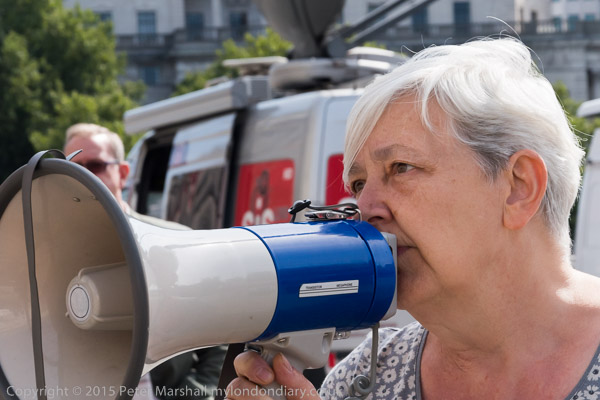
A short rally ended the daily picket on the 61st day of the PCS strike against privatisation at the National Gallery, with speeches and messages of support.
National Gallery 61st day of Strike.
Equalitate at Tate Modern
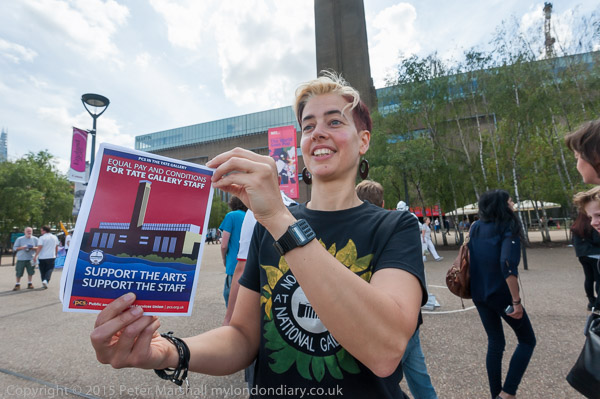
Privatised visitor assistants at Tate Modern & Tate Britain get £3 an hour less than directly employed colleagues, are on zero hours contracts and do not get the same employment rights.
Sikhs call for release of political prisoners – Indian High Commission
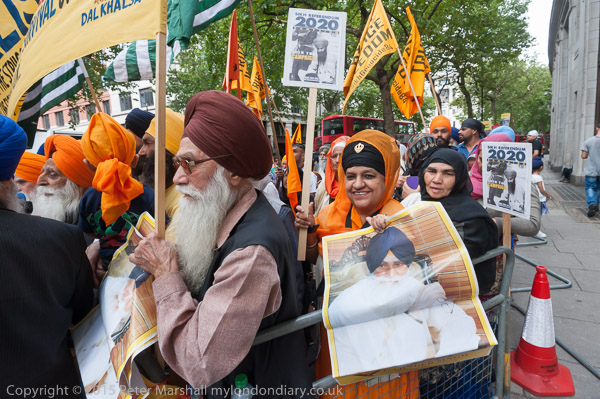
On Indian Independence Day, Sikh protesters from Dal Khalsa supported the call by hunger striker Bapu Surat Singh for the release of Sikh political prisoners and for the ‘2020’ campaign for a referendum for an independent Sikh state, Khalistan.
Sikhs call for release of political prisoners
Kashimiris Indian Independence Day call for freedom – Indian High Commission
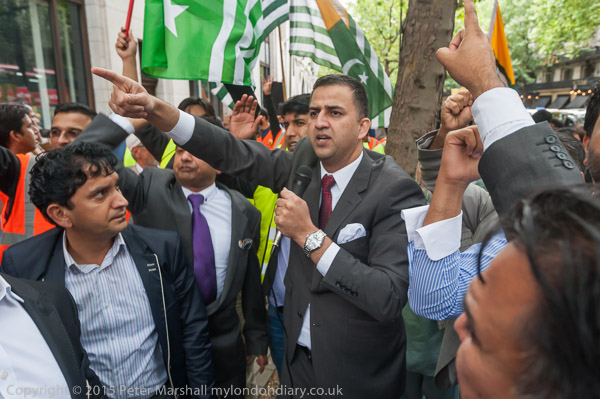
Kashmiris protested at the Indian High Commission on Independence Day, observed as ‘black day’ in Indian military occupied Kashmir. They want freedom for their country, now a disputed territory with areas occupied by India, Pakistan and China.
Kashimiris Independence Day call for freedom
Kurdish PJAK remembers its martyrs – Trafalgar Square
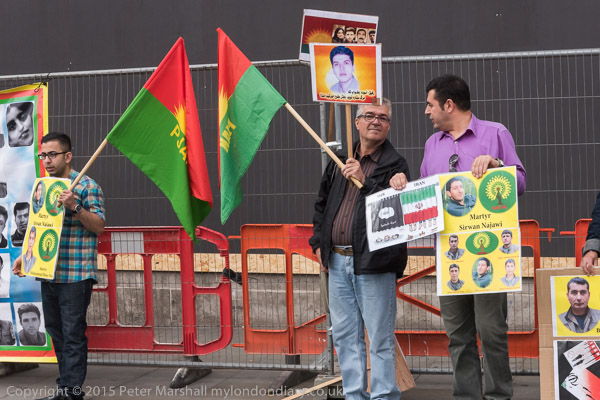
Iranian Kurds from the Party of Free Life of Kurdistan (PJAK) remembered its fighters killed in the fight against Iran and ISIS for self-determination.
Kurdish PJAK remembers its martyrs
16th ‘Stay Put’ Sewol silent protest – Trafalgar Square
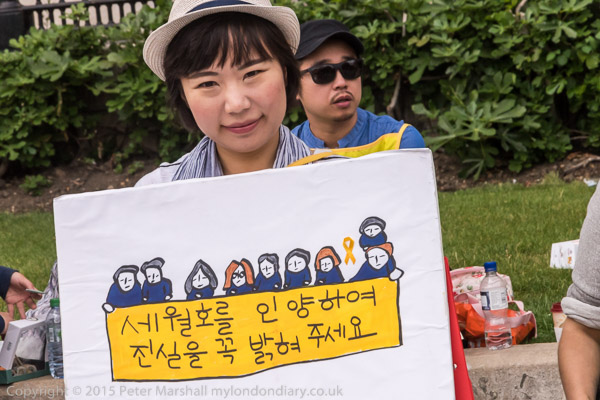
The monthly silent protest remembered the victims of the ferry tragedy, mainly school children who obeyed the order to ‘Stay Put’ on the lower decks as the ship went down.
16th ‘Stay Put’ Sewol silent protest
United Voices – Reinstate the Sotheby’s 2 – Mayfair
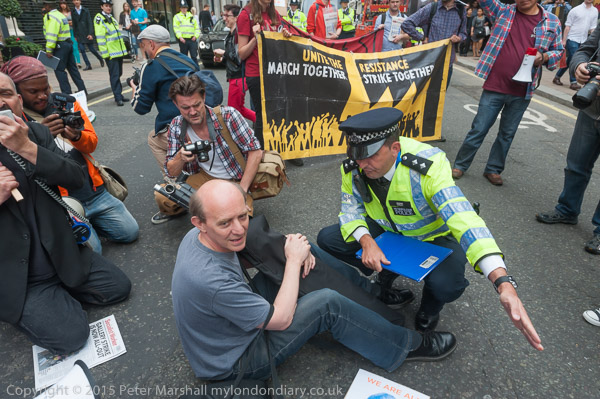
The United Voices of the World marched noisily around the block at Sotheby’s demanding reinstatement of Barbara and Percy, cleaners sacked for protesting for proper sick pay, paid holidays and pensions. Several police attempts to clear the road and stop them failed.
United Voices – Reinstate the Sotheby’s 2
BlackoutLDN solidarity with Black US victims – Grosvenor Square
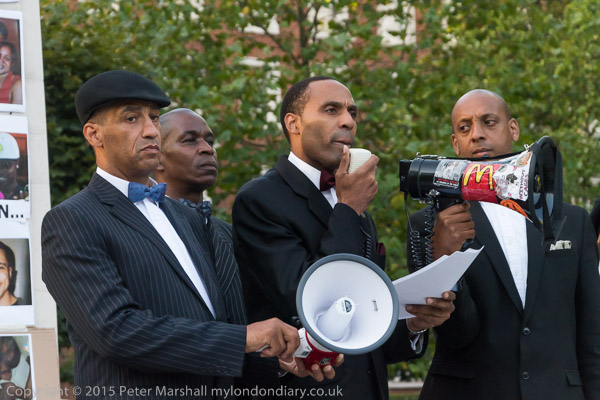
Two young women, Kayza Rose & Denise Fox, had organised a peaceful protest under the statue of Franklin Delano Roosevelt, close to the US embassy, in solidarity with events across the US against the collective and systemic unlawful arrests and killings/attacks of black people in America.
BlackoutLDN solidarity with Black US victims
London Views
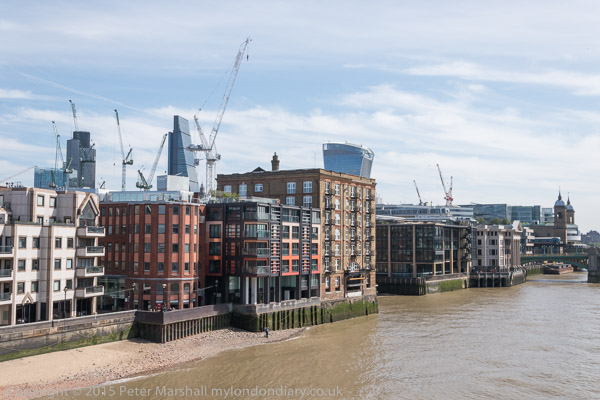
A few pictures I made as I travelled between the day’s protests.
Flickr – Facebook – My London Diary – Hull Photos – Lea Valley – Paris
London’s Industrial Heritage – London Photos
All photographs on this page are copyright © Peter Marshall.
Contact me to buy prints or licence to reproduce.
